Grape Commodity Survey: 2013 - 2024
America’s first commercial vineyard was located in Kentucky and, before prohibition, Kentucky was the third largest grape and wine producing state in the country. With prohibition, grape acreage was used to produce tobacco instead. However, in 1976, Kentucky passed legislation allowing wineries to begin operations and since the 2004 tobacco buyout, the grape and wine industry has rebounded tremendously (source: University of Kentucky College of Agriculture Magazine). Grapevine acreage in the state of Kentucky has grown from 67 acres in 1999 to 550 acres in 2015. Kentucky has over 113 grape producers growing the following categories of grapes: European, French-American hybrids, and American/Native. In just the past five years, the number of small farm wineries in the state has grown from 15 to more than 65 and an estimated 100,000 cases of wine are produced each year (kentuckywine.com). Industry statistics from 2014 published on wineamerica.org show that Kentucky ranked 9th in the nation for wine production with 2,241,527 gallons produced that year.
The Indy International is billed as the nation’s largest scientifically organized and independent wine competition. Three of Kentucky’s wineries won medals in 2015 after competing with more than 2000 entries from 40 states and 15 countries (kentuckywine.com).
Kentucky tourism is also benefiting from the revival of the wine industry in the state. Following the success of the “Bourbon Trail”, Kentucky Tourism has created “Kentucky Wine Trails” that will lead wine enthusiasts throughout the state. There are wine festivals and special events such as concerts held at many wineries during the spring and summer months.
The rising importance of the grape and wine industry in Kentucky highlights the need for a survey focused on pests in this system.
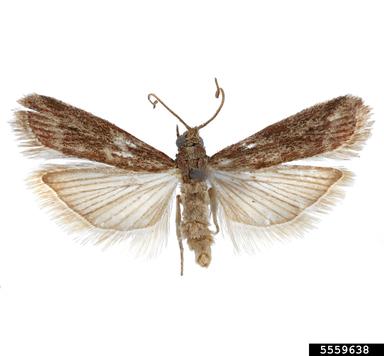
Photo: Hanna Royals
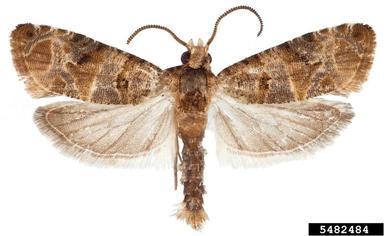
Photo: Todd M. Gilligan and Marc E. Epstein
| Year |
Number of Vineyards |
Pest in Survey (0 found) |
Map |
| 2024 | 26 |
European Grapevine Moth Christmas Berry Webworm Spotted Lanternfly Australian Grapevine Yellows |
|
| 2023 | 25 |
European Grapevine Moth Christmas Berry Webworm Cucurbit Beetle Spotted Lanternfly* *Found for the 1st time in KY in Gallatin Co in Oct 2023, not as part of this survey |
|
| 2022 | 17 |
European Grapevine Moth Christmas Berry Webworm Light Brown Apple Moth Spotted Lanternfly |
|
| 2021 | 14 |
European Grapevine Moth Christmas Berry Webworm Black Maize Beetle Spotted Lanternfly |
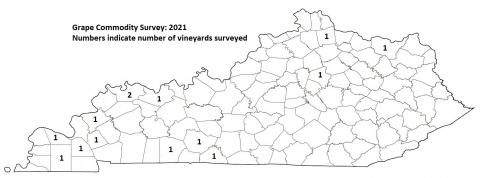 |
| 2020 | 14 |
European Grapevine Moth Christmas Berry Webworm European Grape Berry Moth Black Maize Beetle Spotted Lanternfly |
 |
| 2019 | 12 |
European Grapevine Moth Christmas Berry Webworm European Grape Berry Moth Black Maize Beetle Spotted Lanternfly |
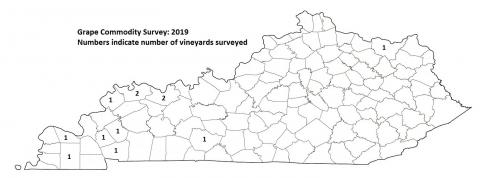 |
| 2018 | 12 |
Silver Y Moth Egyptian Cotton Leafworm False Codling Moth Light Brown Apple Moth Summer Fruit Tortrix European Grapevine Moth European Grape Berry Moth Christmas Berry Webworm |
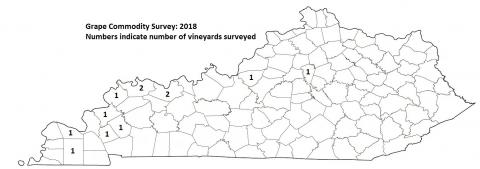 |
| 2017 | 10 |
Silver Y Moth Egyptian Cotton Leafworm False Codling Moth Light Brown Apple Moth Summer Fruit Tortrix European Grapevine Moth European Grape Berry Moth Christmas Berry Webworm |
 |
| 2016 | 12 |
Silver Y Moth Egyptian Cotton Leafworm False Codling Moth Light Brown Apple Moth Summer Fruit Tortrix European Grapevine Moth European Grape Berry Moth |
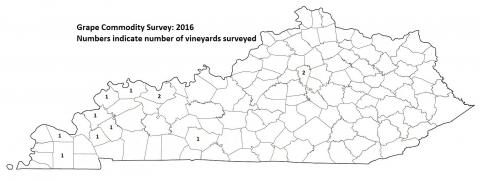 |
| 2015 | 12 |
Silver Y Moth Egyptian Cotton Leafworm False Codling Moth Light Brown Apple Moth Summer Fruit Tortrix European Grapevine Moth European Grape Berry Moth |
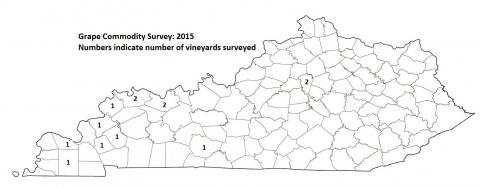 |
| 2014 | 6 |
Silver Y Moth Egyptian Cotton Leafworm False Codling Moth Light Brown Apple Moth Summer Fruit Tortrix European Grapevine Moth |
 |
| 2013 | 12 |
Silver Y Moth Egyptian Cotton Leafworm False Codling Moth Light Brown Apple Moth Summer Fruit Tortrix European Grapevine Moth |
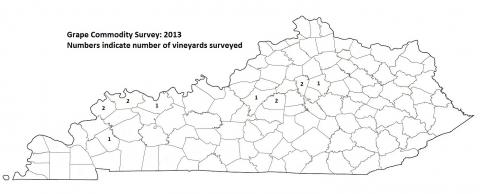 |
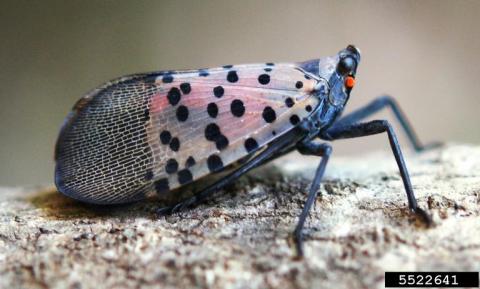
Photo: Lawrence Barringer
